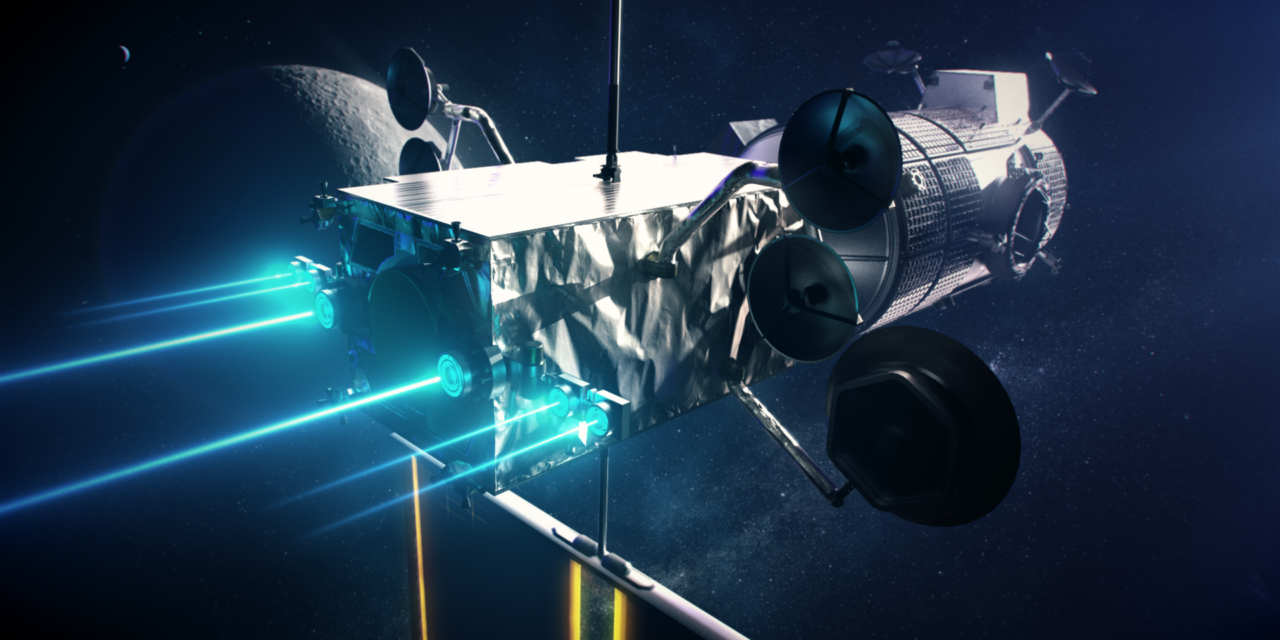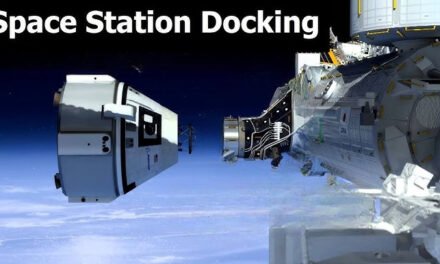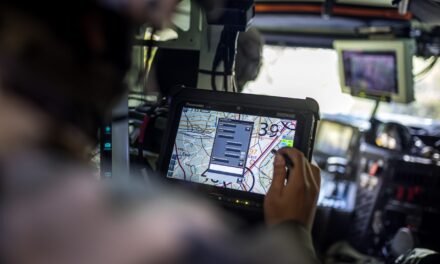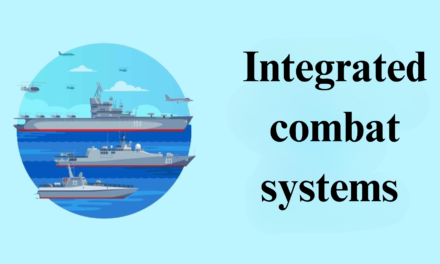Propulsion systems are essential to the success of space exploration vehicles, as they enable these vehicles to escape Earth’s gravity, maneuver in space, reach distant destinations, and maintain or adjust their orbits. The role of propulsion systems extends across all phases of a space mission, from launch to deep-space exploration. Here’s a detailed breakdown of their significance:
1. Enabling Launch and Escape from Earth’s Gravity
- Overcoming Gravity:
- Propulsion systems provide the necessary thrust to overcome Earth’s gravitational pull and reach orbital or escape velocity.
- Example: A spacecraft must achieve approximately 11.2 km/s (escape velocity) to break free from Earth’s gravity.
- High Thrust Requirement:
- Rockets equipped with chemical propulsion systems generate immense thrust during the launch phase.
- Example: The Saturn V rocket used liquid oxygen (LOX) and kerosene (RP-1) to launch Apollo missions.
2. Orbital Insertion and Maintenance
- Precise Orbital Positioning:
- Once in space, propulsion systems adjust the spacecraft’s velocity and trajectory to achieve the desired orbit.
- Example: Geostationary satellites are positioned in an orbit approximately 35,786 km above the equator.
- Station-Keeping:
- Propulsion systems are used to counteract disturbances like gravitational tugs from other celestial bodies, solar radiation pressure, or atmospheric drag (for low-Earth orbit satellites).
- Thrusters perform small corrections to maintain a stable orbit.
3. Maneuvering and Navigation in Space
- Trajectory Corrections:
- Propulsion systems provide fine adjustments to a spacecraft’s trajectory en route to its destination.
- Example: NASA’s Mars rovers rely on mid-course corrections to ensure they reach the desired landing site.
- Orbital Transfers:
- Spacecraft use propulsion to change orbits, such as transferring from low-Earth orbit (LEO) to geostationary orbit (GEO) or entering the orbit of another celestial body.
- Example: Hohmann transfer orbits use propulsion efficiently for such maneuvers.
- Rendezvous and Docking:
- Precise propulsion control is required for spacecraft to approach and dock with other vehicles, such as the International Space Station (ISS).
4. Deep-Space Exploration
- Interplanetary Travel:
- Propulsion systems allow spacecraft to travel vast distances across the solar system, providing sustained thrust or efficient velocity changes.
- Example: The Voyager spacecraft used gravity assists combined with onboard propulsion to explore outer planets.
- Landing on Celestial Bodies:
- Propulsion systems facilitate controlled descents and landings on planetary surfaces.
- Example: The Sky Crane maneuver used by NASA’s Perseverance rover relied on propulsion to lower the rover onto Mars’ surface.
- Leaving a Celestial Body:
- For missions that return samples or explore multiple locations, propulsion is critical for ascending from a planetary surface.
- Example: The Apollo Lunar Module used propulsion to lift off from the Moon.
5. Supporting Long-Term Missions
- Prolonging Operational Lifespan:
- Propulsion systems provide the ability to make continuous adjustments, extending a spacecraft’s mission life.
- Example: Electric propulsion systems, like ion thrusters, use minimal fuel to provide long-duration thrust for extended missions.
- Maintaining Attitude Control:
- Reaction control systems (RCS) manage the spacecraft’s orientation to ensure instruments and antennas are correctly aligned.
6. Types of Propulsion Systems
Chemical Propulsion
- Role:
- Provides high thrust for launch, orbital insertion, and fast maneuvers.
- Examples:
- Liquid Propulsion: Combines fuel and oxidizer, such as liquid hydrogen (LH2) and liquid oxygen (LOX).
- Solid Propulsion: Uses pre-mixed propellants in a solid state, as in many boosters.
- Use Case:
- Primary system for launching spacecraft and heavy payloads.
Electric Propulsion
- Role:
- Offers high efficiency and low fuel consumption, ideal for long-duration missions and station-keeping.
- Examples:
- Ion Thrusters: Use electric fields to accelerate ions, as in NASA’s Dawn spacecraft.
- Hall Effect Thrusters: Efficient for low-thrust operations, commonly used in satellites.
- Use Case:
- Deep-space exploration and satellite station-keeping.
Nuclear Propulsion
- Role:
- Provides sustained thrust and high energy efficiency for deep-space exploration.
- Examples:
- Nuclear Thermal Propulsion (NTP): Heats a propellant like hydrogen using a nuclear reactor.
- Nuclear Electric Propulsion (NEP): Uses nuclear power to generate electricity for ion thrusters.
- Use Case:
- Potential for human missions to Mars and beyond.
Hybrid Propulsion
- Role:
- Combines chemical and electric propulsion for greater flexibility.
- Example:
- Missions like BepiColombo to Mercury use chemical propulsion for initial phases and electric propulsion for long-term thrust.
Solar Sails
- Role:
- Uses sunlight pressure to generate propulsion without consuming fuel.
- Example:
- The IKAROS mission demonstrated solar sail technology.
7. Challenges Addressed by Propulsion Systems
- Overcoming Distance:
- Spacecraft must cover vast distances, requiring propulsion systems with high efficiency and reliability.
- Energy Constraints:
- Efficient propulsion minimizes fuel mass, allowing more room for scientific instruments and payloads.
- Precise Control:
- Navigation and trajectory adjustments rely on precise thrust delivery.
- Harsh Environments:
- Propulsion systems are designed to operate in the vacuum of space and withstand extreme temperatures and radiation.
8. Advancements in Propulsion Technology
- Green Propellants:
- Developing environmentally friendly alternatives to toxic fuels like hydrazine.
- Example: NASA’s Green Propellant Infusion Mission (GPIM) tested a low-toxicity propellant.
- Fusion-Based Propulsion:
- Future systems aim to harness nuclear fusion for faster interplanetary travel.
- Beamed Energy Propulsion:
- Concepts like laser-based systems could enable ultra-fast travel using external energy sources.
- Reusable Propulsion Systems:
- Reusability in launch vehicles, as demonstrated by SpaceX’s Falcon 9, reduces costs and waste.
Conclusion
Propulsion systems are the backbone of space exploration vehicles, enabling them to launch, maneuver, and complete missions in the challenging environment of space. From escaping Earth’s gravity to navigating interplanetary trajectories, propulsion systems play a critical role in advancing our capabilities to explore and utilize space. As technology evolves, propulsion systems will become more efficient, sustainable, and versatile, opening new possibilities for human and robotic missions beyond our solar system.
Hashtags
#SpacePropulsion #AdvancedPropulsion #RocketPropulsion #PropulsionTechnology #ChemicalPropulsion #LiquidFuelEngines #SolidRocketBoosters #IonPropulsion #ElectricPropulsion #HallEffectThrusters #NuclearPropulsion #SustainablePropulsion #ReusableRocketEngines #DeepSpaceExploration #PropulsionInnovation #FutureSpaceEngines













